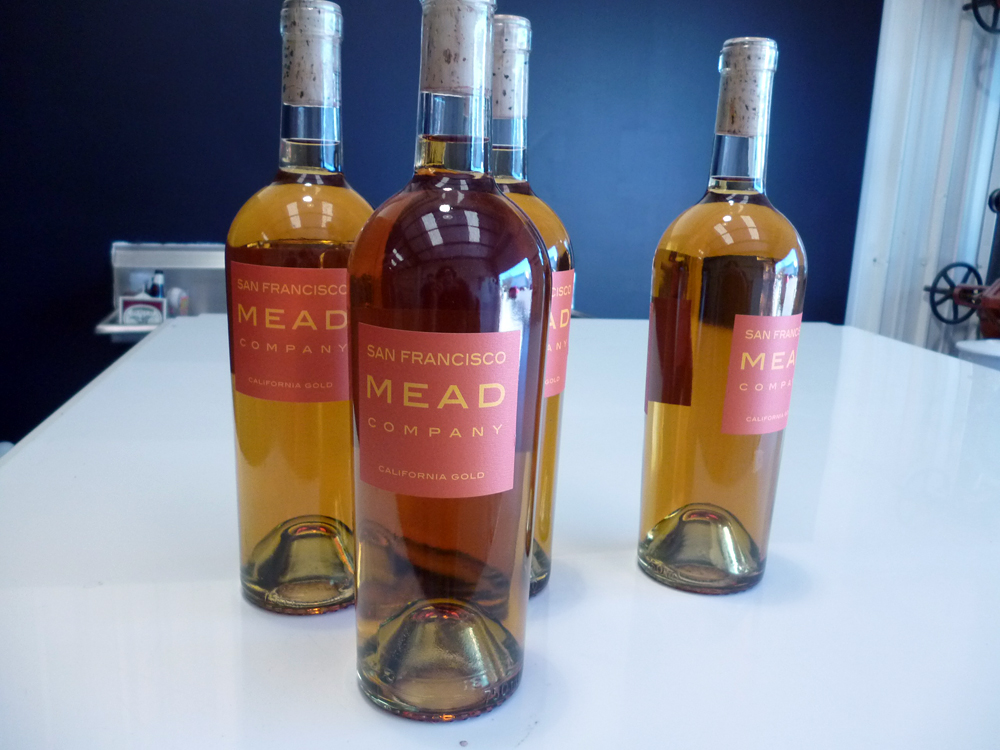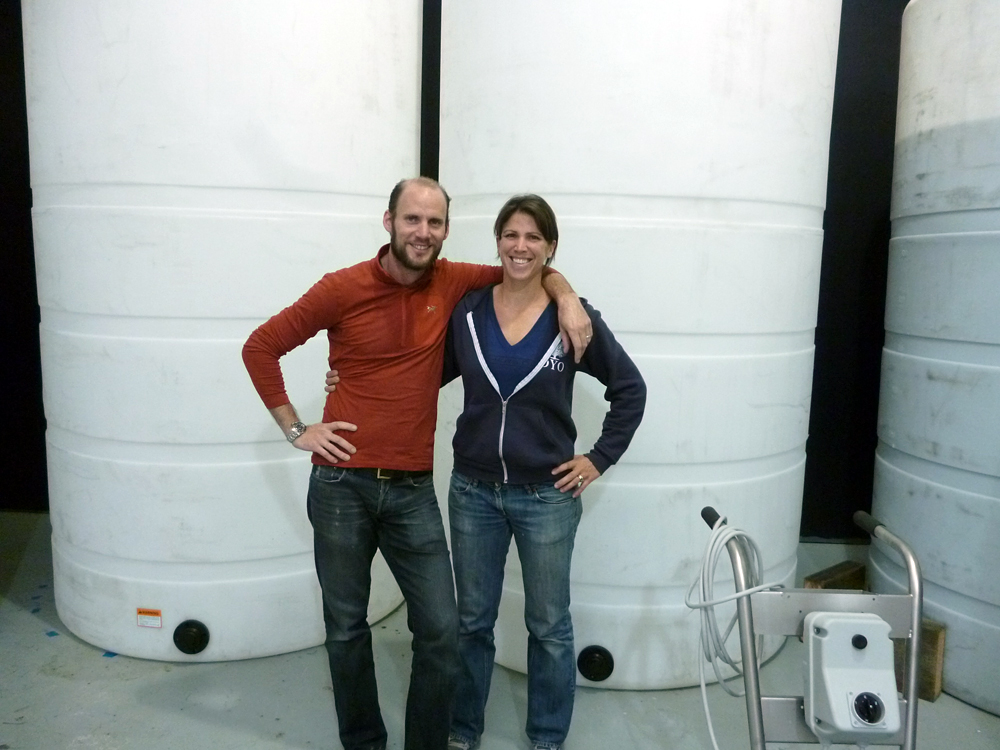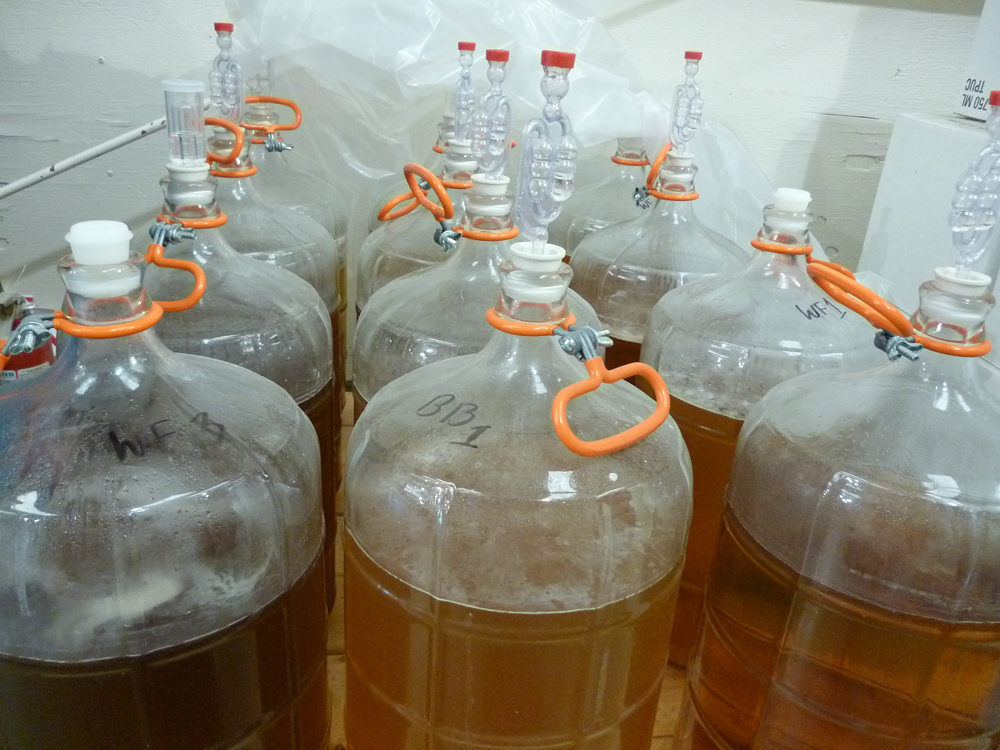
Have you tried the new brew on the block? Here in the Bay Area, we love our craft beers and hard ciders, and can't get enough of home-fermented kefirs, kombuchas, and natural sodas. Now, with the backyard beekeeping on the rise, it's time to add mead to the mix.
Mead is a beverage with a long, long history, beloved by ancient Vikings, J.R.R. Tolkien, and George R.R. Martin alike. It predates the establishment of agriculture: before people were growing grain or cultivating fruit, they were robbing bees of their wild honey, and fermenting it by means of natural wild yeasts. In chilly climates like Scandinavia and northern Europe where grapes couldn’t grow, honey mixed with water produced the sugars necessary for fermentation. The Vikings toasted with it; so did the Druids. From the Rig-Veda to Beowulf, it was the festive, ceremonial beverage of choice. Medieval and Renaissance texts listed dozens of variations, including hydromel, cyser, metheglyn, melomel, and more. Some were spiced, some sweetened, some mixed with fruit juice, wines, or vinegars in place of water. It was a low-tech product, since the simplest batch of mead required only honey, water, and time, with natural wild yeasts providing the impetus for fermentation.
Beer and wine have long taken over as our fermented drinks of choice, however, and mead, if it’s remembered at all, is the Ren-Fest punchline, served tongue-in-cheek by a bosomy wench and quaffed from a drinking horn, if at all. At a cider and mead tasting organized this past summer at the Jug Shop in San Francisco, the ciders ran a gamut of tastes nearly as elegant and far-reaching as wine; the meads, by contrast, were often ungainly, unbalanced, and often overly sweet.
Except for one, bottled like wine in a clear 750-milliter bottle, its amber label printed in plain type, with none of the swirly, Jethro-Tull-album-cover look of other brands. This was the dry, complex California Gold made by husband and wife team Oron Benary and Sarah Jones of the San Francisco Mead Company. Bay Area Bites caught up with Oron and Sarah at their new meadery in Bayview-Hunters Point to find out what makes their mead special.

Oron, who grew up in Austria and Israel, and Sarah, a two-time Olympic rower, know their meads. With homebrewing friends in Ohio, Oron founded (and remains a part owner of) the popular Brothers Drake meadery and bar in Columbus, which makes over a dozen different styles and flavors of mead. After meeting in San Francisco, the couple moved back to Ohio three years ago to work on the mead business, then came back to the city in 2012 to start mead-making here. But they remain fiercely dedicated to supporting local commerce and economies, and to keeping their meads close to home. Brothers Drake sells the 5,000 cases it produces only in the Columbus area; their San Francisco mead (currently less than 1000 cases) is available only in the Bay Area.
